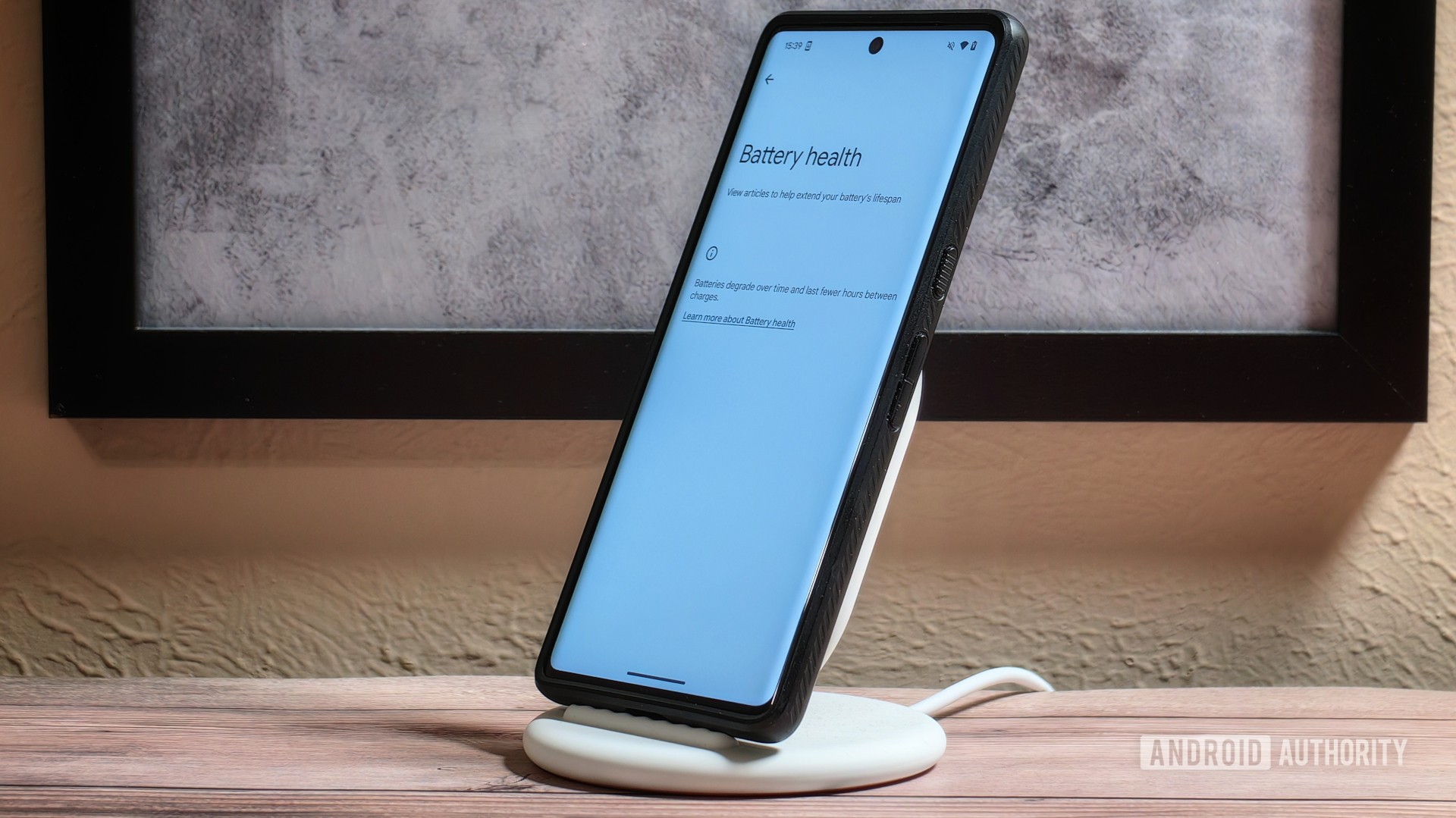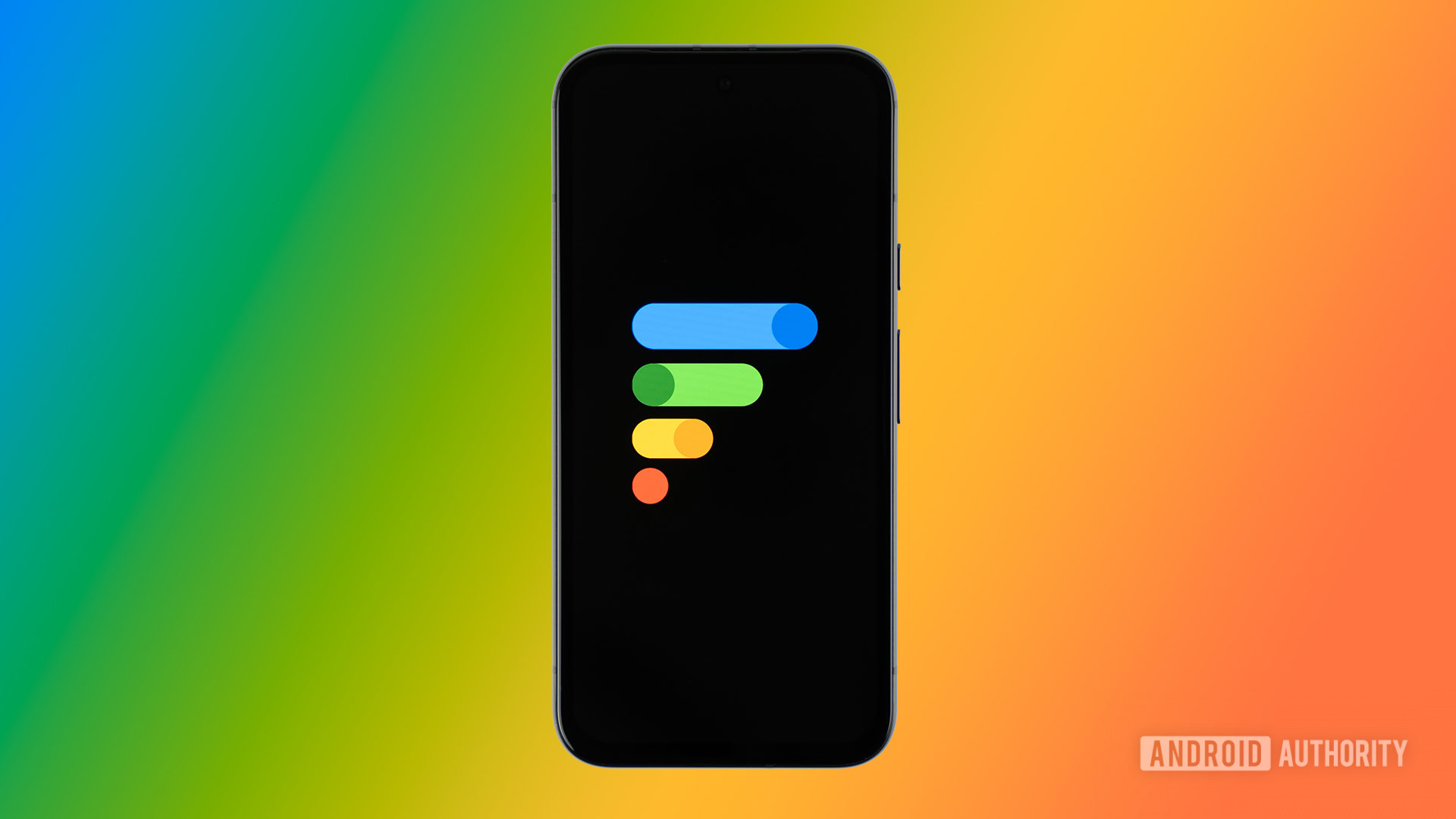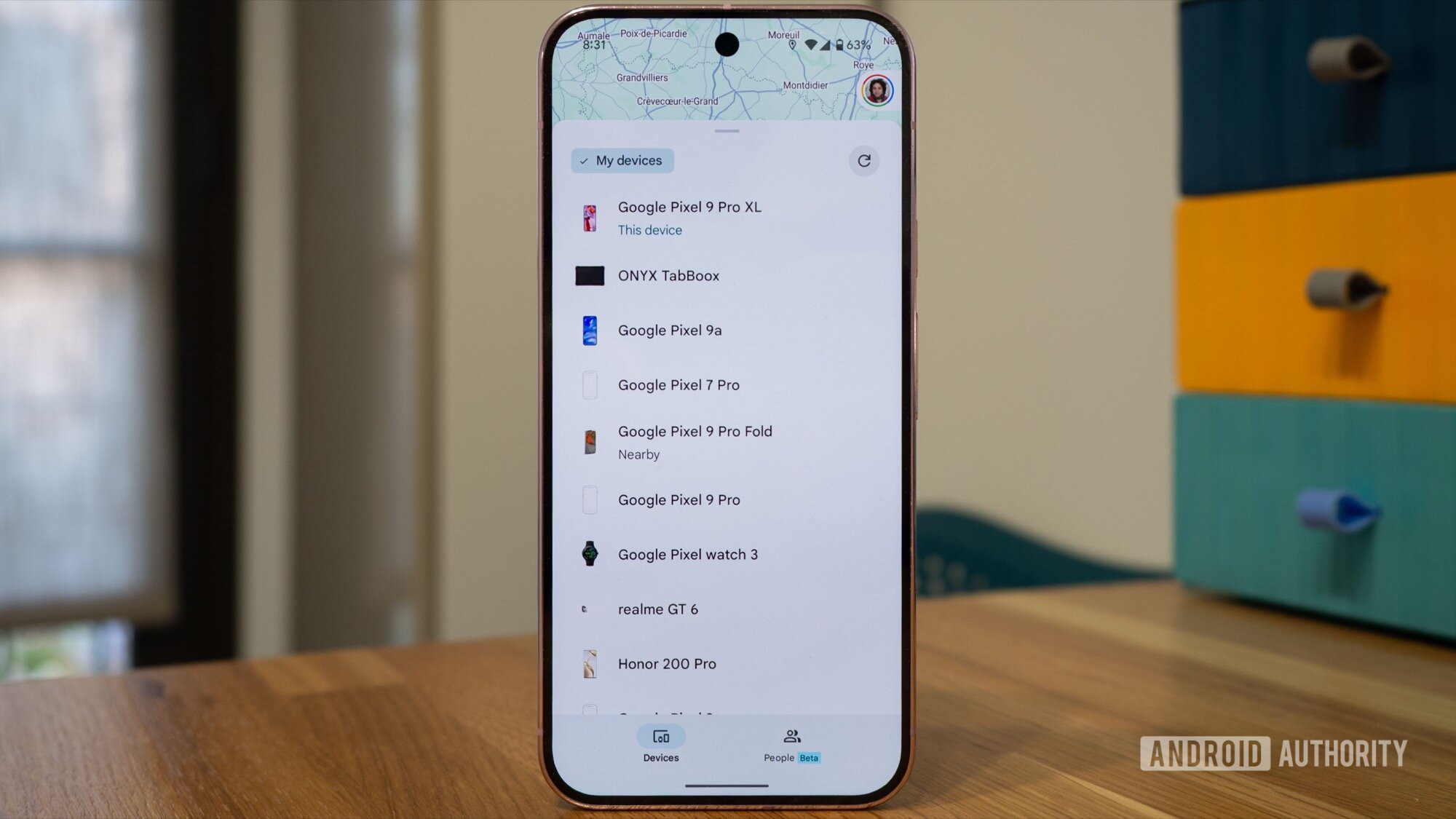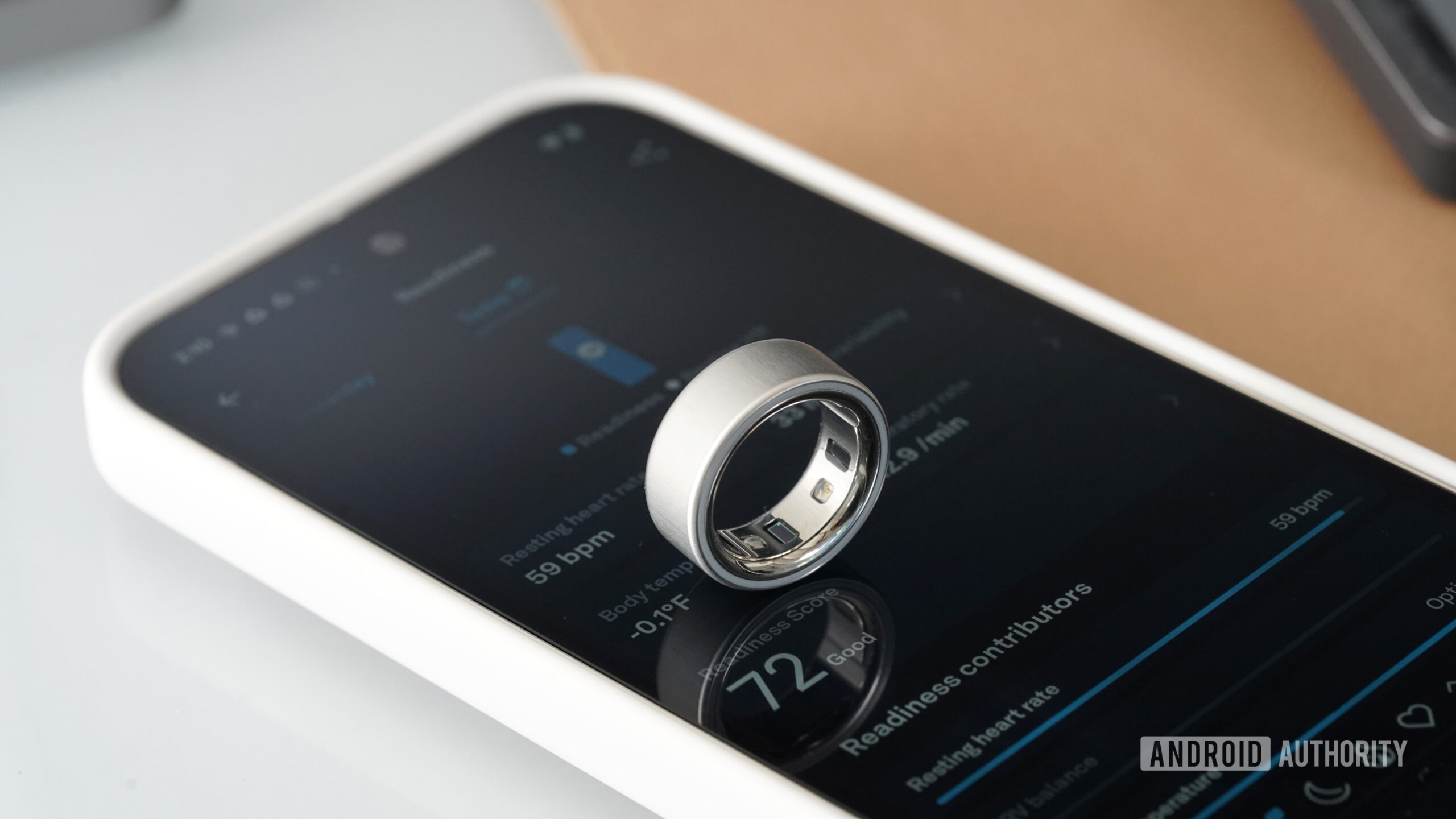Affiliate links on Android Authority may earn us a commission. Learn more.
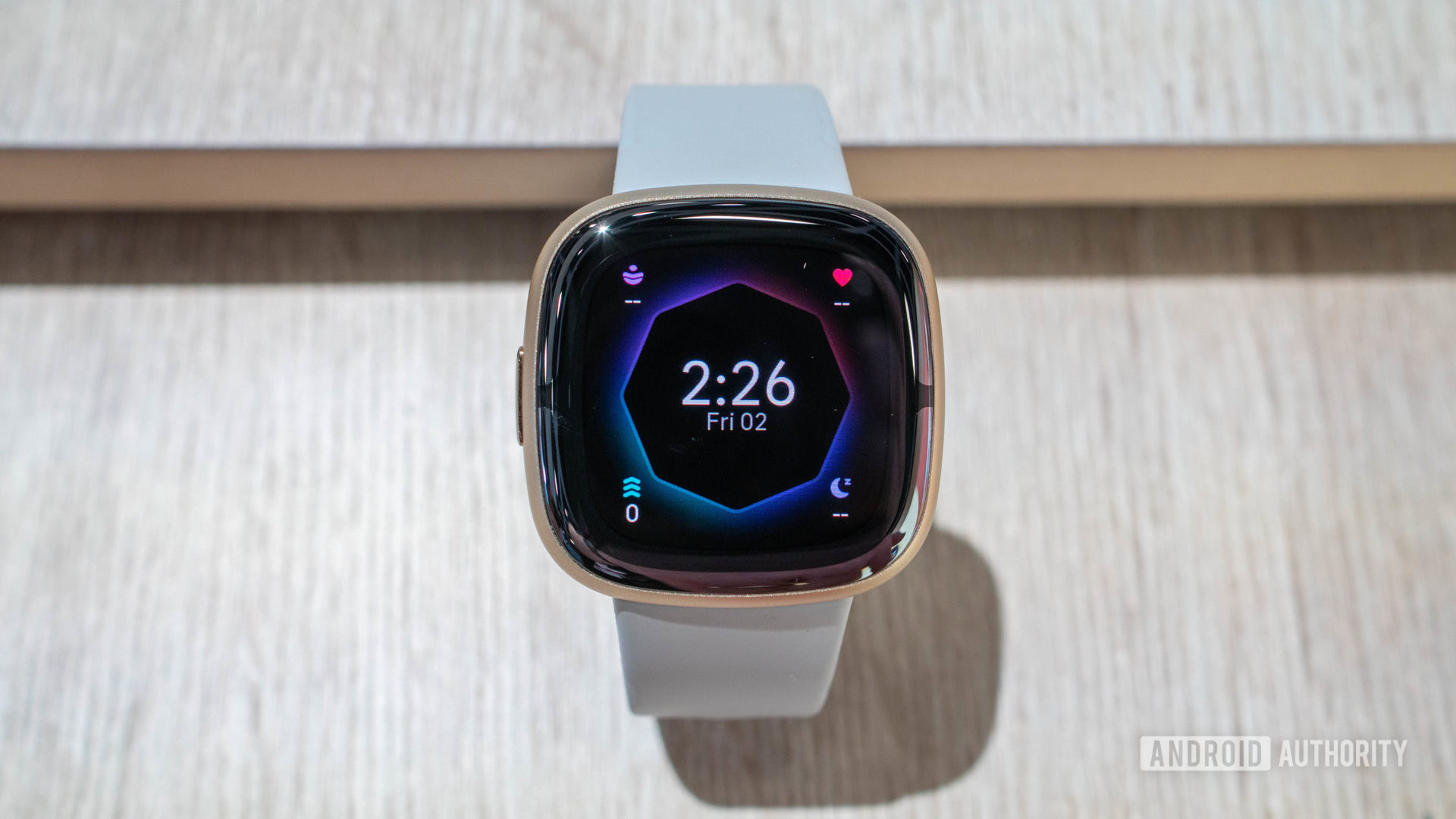
Features
The Fitbit Sense line is cooked because it was too good for Google
0

Features
Google’s latest Pixel decision is one of the most annoying yet
0
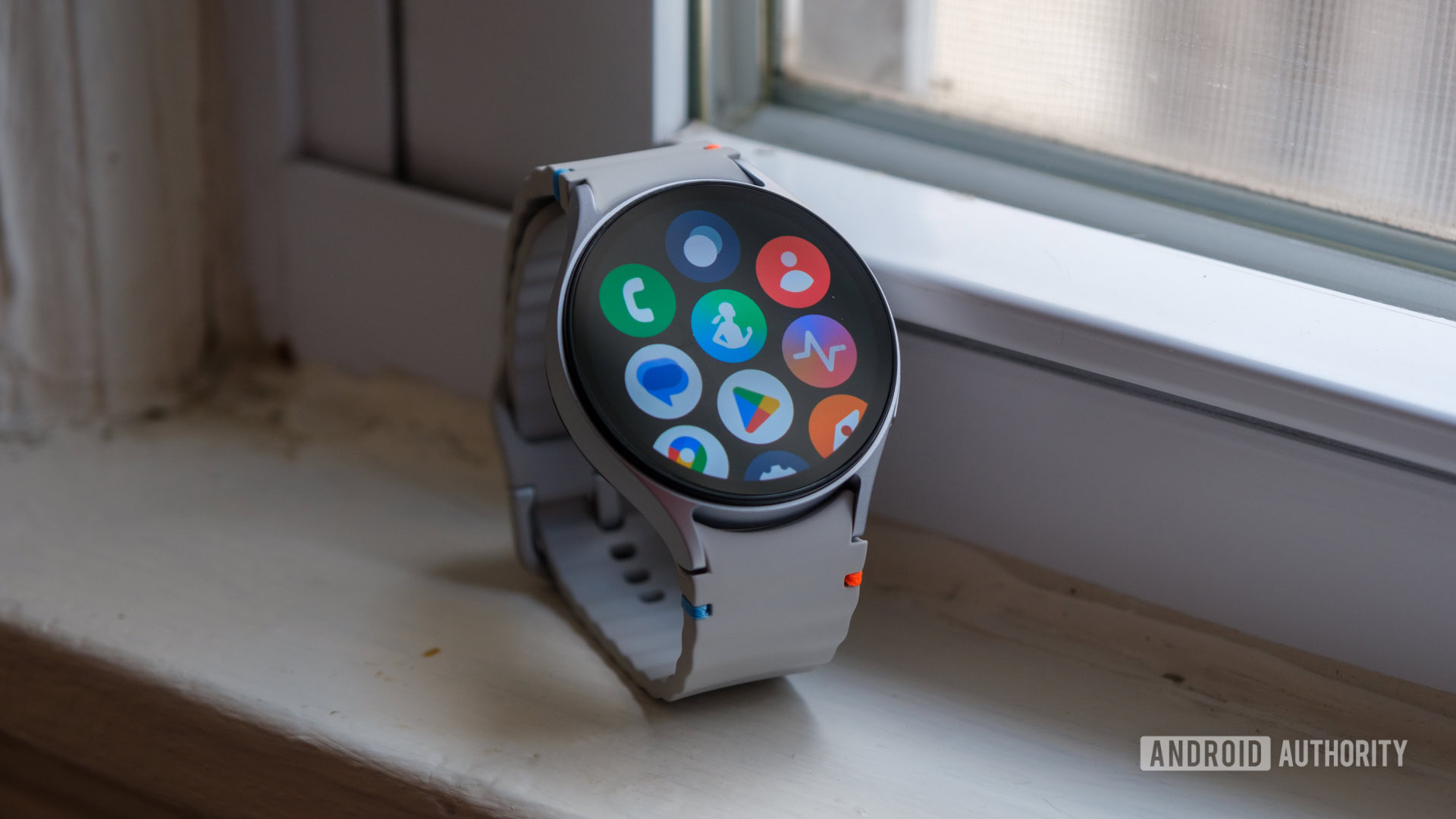
News
Samsung may be planning an unusual move for its next Galaxy Watch update
0
Latest poll
What do you think of Android's upcoming UI overhaul?
7304 votes
In case you missed it
More news

Nick FernandezMay 6, 2025
0
Amazon Luna: Everything you need to know about Amazon's cloud gaming service
The best new Android apps and games for May 2025
Andy WalkerApril 30, 2025
0

These are my 10 favorite Android games to play with a controller
Nick FernandezApril 30, 2025
0

Getting your preteen kid their first phone line? I recommend Tello above the rest
Andrew GrushApril 22, 2025
0

Google Pixel 9a problems and how to fix them
Andrew GrushApril 22, 2025
0
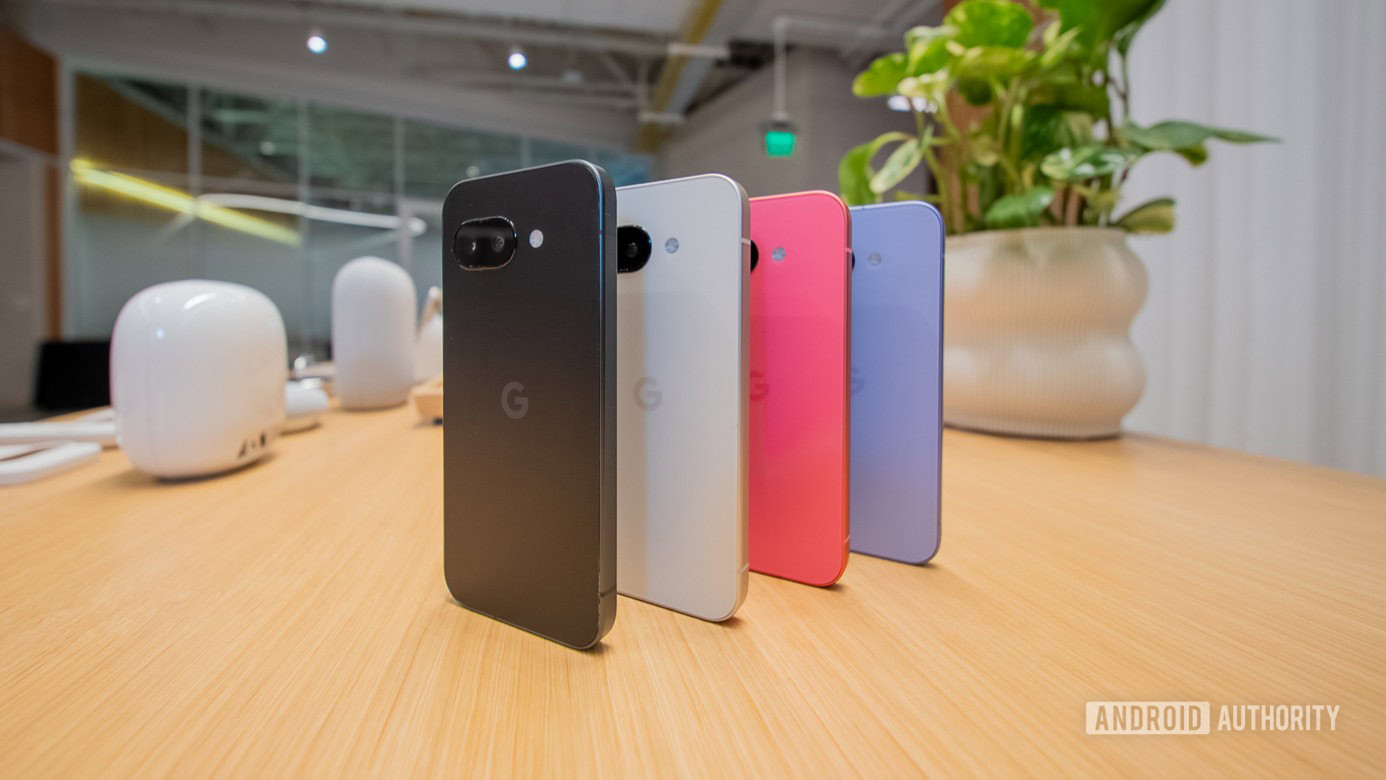
Popular Galaxy 25 features are now arriving on affordable Galaxy A series phones
Adamya Sharma10 hours ago
0
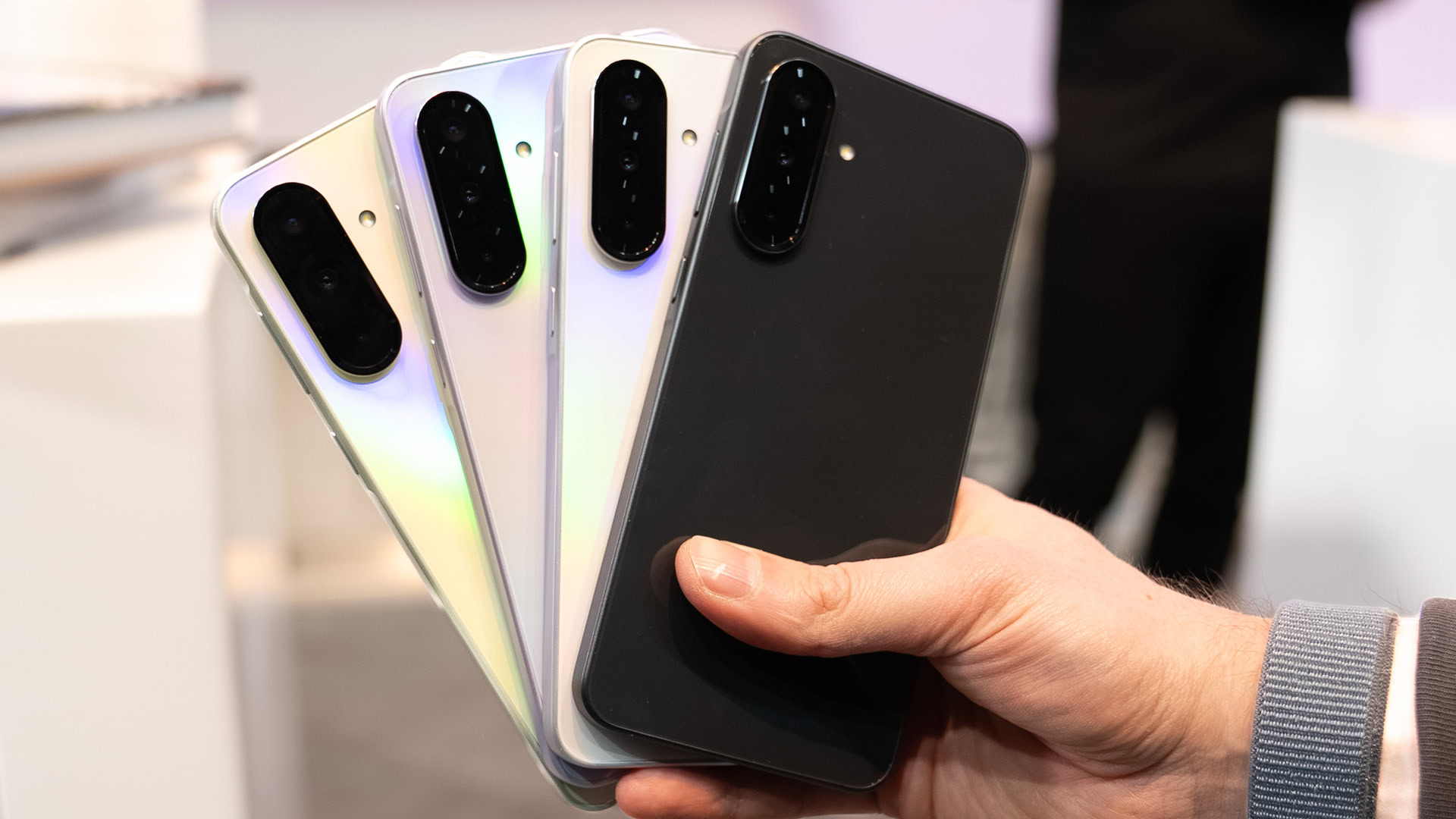
Google's May 2025 Pixel update fixes mic recording and Bluetooth pairing
Ryan McNeal20 hours ago
0

Google Simplify is a new tool to help you understand even the most complex topics
Christine Romero-Chan21 hours ago
0
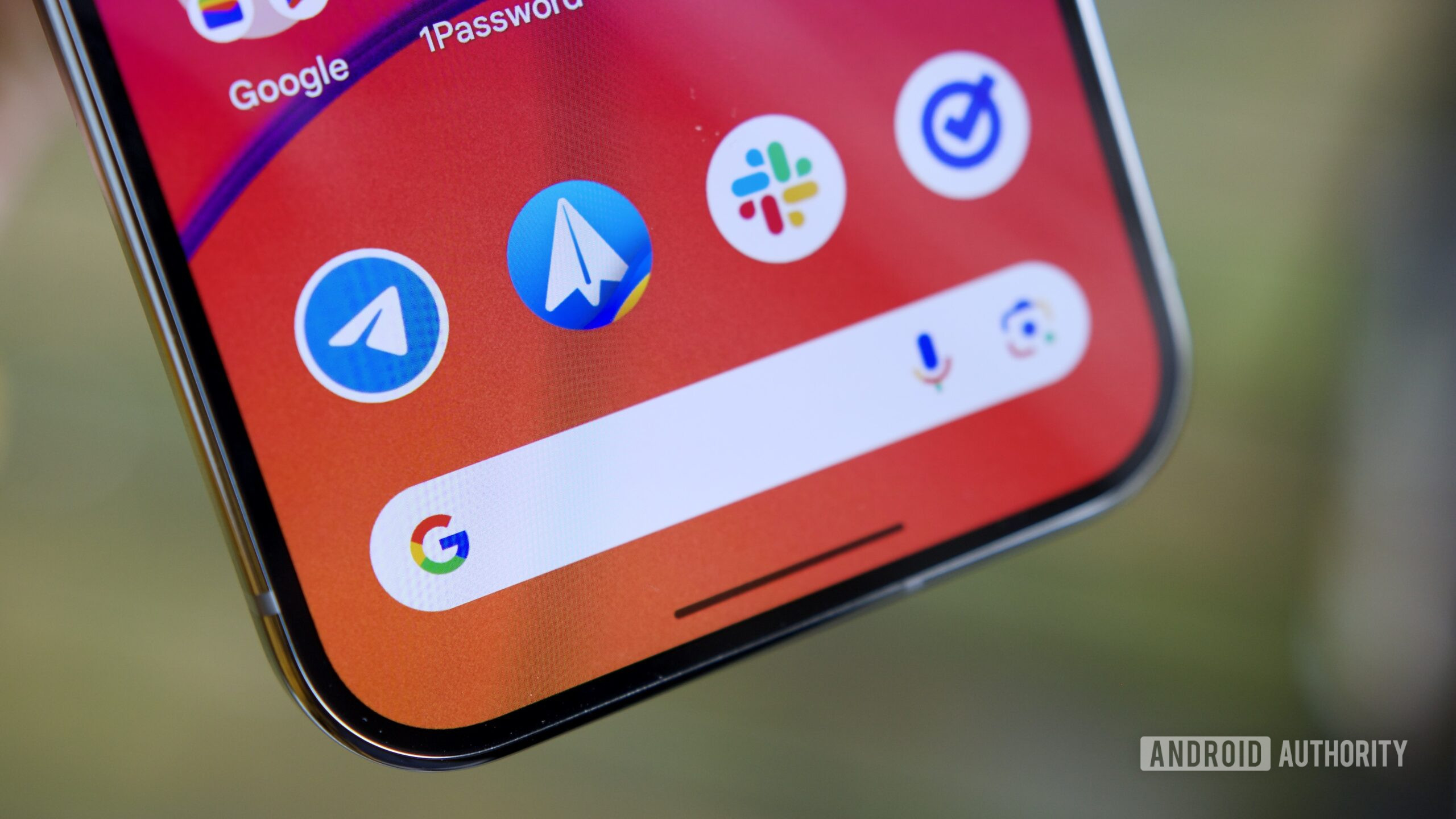
Google releases Gemini 2.5 Pro update that supercharges its coding abilities
Ryan McNeal22 hours ago
0

Samsung says no one should need more than this many alarms
Christine Romero-Chan24 hours ago
0

Nintendo sues accessory maker over Switch 2 mockup
Ryan McNealMay 6, 2025
0

Wired or wireless? The Backbone Pro mobile controller doesn't force you to choose.
Hadlee SimonsMay 6, 2025
0

Android’s phone taskbar isn't quite ready yet, but it's already getting a multitasking boost
Mishaal RahmanMay 6, 2025
0

Amazon Luna: Everything you need to know about Amazon's cloud gaming service
Nick FernandezMay 6, 2025
0

Miss the GBA SP? This new handheld will fill the clamshell-shaped void
Nick FernandezMay 6, 2025
0

